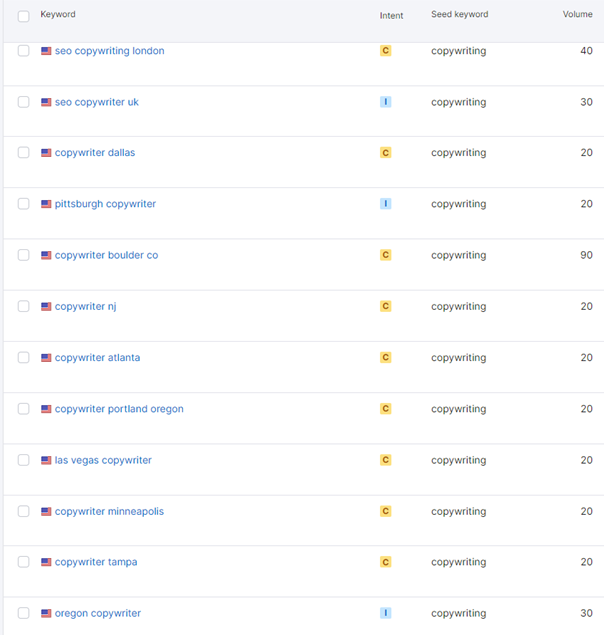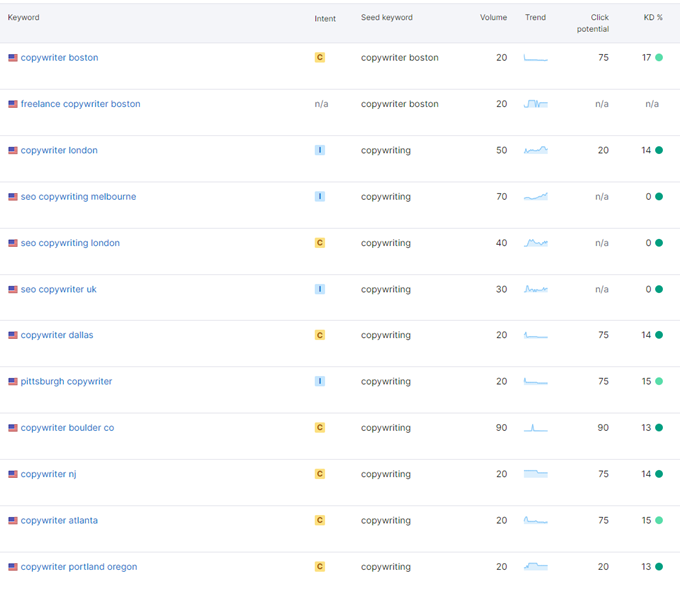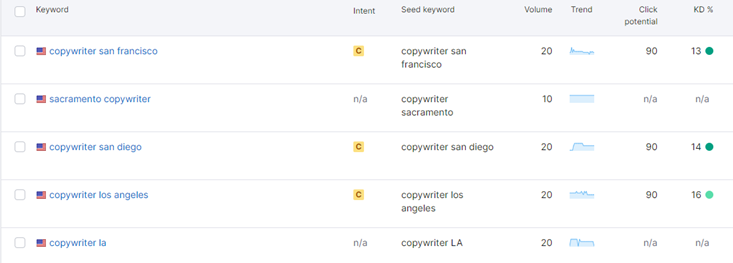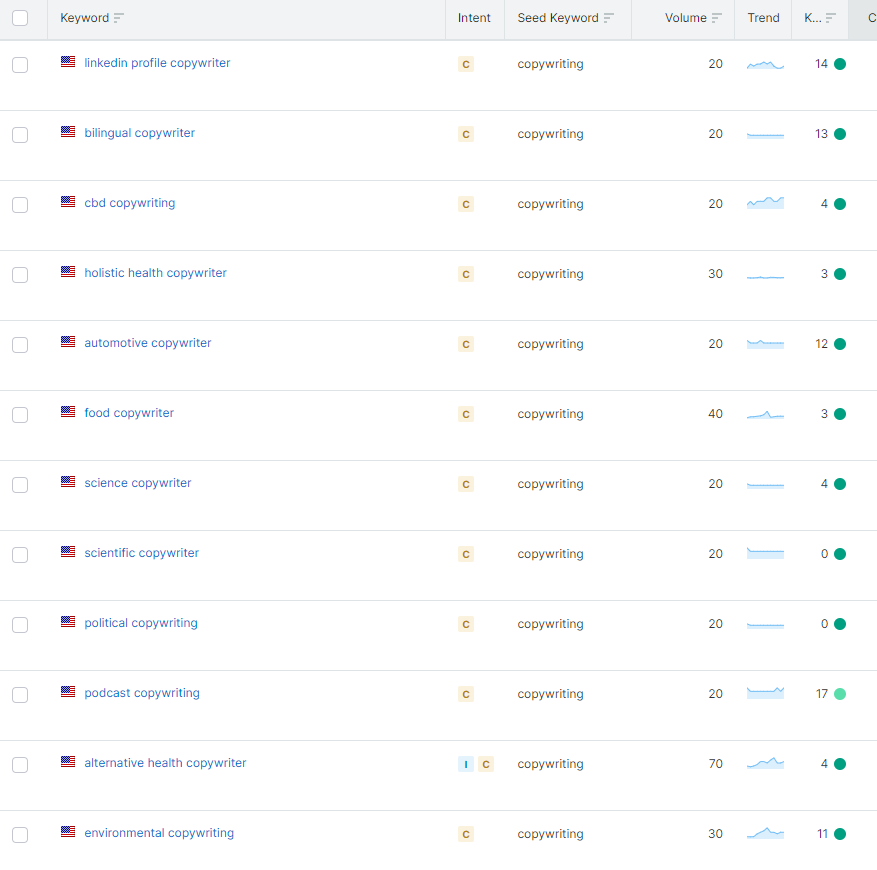‘We Miss You’ Email Subject Lines: 5 Great Examples
If you do a lot of email marketing for clients, one type of email that you’ll want to occasionally send is the “We miss you” email.
Below, I discuss . . .
- Why do you need to send “we miss you” emails?
- What is graymail?
- How often should you send “we miss you emails”?
- What to keep in mind when creating “we miss you” emails
- Five examples of “we miss you” email subject lines
Let’s get to it.
Why do you need to send “we miss you” emails?
There’s no rule saying you must send these emails. But if you want to make sure you have an email distribution list filled with contacts who are genuinely engaged with your content, you need to occasionally nudge those who haven’t opened your emails to see if they still want in.
And if you get no response? You should remove them from the list.
I know, I know. That sounds super scary. Why remove someone who might engage with your content someday?
Here’s what I tell clients: I’d much rather have a smaller list of engaged fans than a bloated list with people who never open my emails but who I keep hoping will “someday.”
The number of people on your email list is a vanity metric. “I have 10,000 people on my list!”
The number of active people on your list is the metric that matters.
So again, I’d prefer a list of 1000 people who want to be there rather than 10,000 contacts who mostly have no interest in playing with me.
Of course, cleaning your list matters for another critical reason: Graymail.
What is Graymail?
HubSpot explains it best: “Graymail is email that contacts have opted in to receive, but never open or click. Spam filters can identify and filter out emails that your recipients aren’t opening or clicking. This increases the likelihood that future emails will end up in the junk folder or spam filter. By continuing to send emails to contacts who don’t open or click, you’re lowering your sender score overall.”
Basically, you want to keep a clean and tidy list so that the emails you send have a better chance of getting opened and read by the people who want them.
How often should you send “we miss you” emails?
That will depend on myriad factors, including how often you send emails and your industry. Online retailers (think boutique clothing shops) are famous for sending emails a few times a week—if not more. They might have a better tolerance for someone not opening their emails for months.
Remember that just because someone doesn’t open the email doesn’t mean they aren’t engaging with your business. They might read the subject lines. They might see your brand on social media and click over to the website, remembering that subject line about your new product, for example.
Some businesses are aggressive with their email list hygiene and won’t even bother sending the “we miss you” emails—they’ll simply remove you. (I find this annoying, to be honest. Especially when it’s only a handful of emails I haven’t opened.)
HubSpot has a good article on creating a “sunset policy” for removing unengaged people from your email list.
What should you keep in mind when creating “we miss you” emails?
The point of the “we miss you” email is to reengage folks who haven’t been opening your emails. If they see a subject line that indicates they’re about to get booted off the list (said more nicely than that!), they might be inclined to open the email and take action.
Here’s what you should keep in mind when creating these emails:
- Make sure your subject line is clear. Using words like “We miss you” can be an excellent way to get someone to re-engage. But make it clear what happens if they don’t open the email.
- Simplicity works best for the body copy. No need for fancy designs. Text-based emails work best. Don’t guilt people into staying. Acknowledge that everyone’s inboxes are overflowing, and you’ll understand if someone wants out. But if they want in . . . they need to take action (usually by clicking a link).
- Honor the results. I won’t lie: You won’t have huge conversions when you send a re-engagement campaign. That’s OK. That’s the point. Honor the results, even if it means you’re removing a ton of contacts. (“A ton” is relative. But it will likely feel like a lot to you.)
Here are five examples of “we miss you” email subject lines.
In this video, I share my screen and show you five examples of “we miss you” emails. See what you think.
Got a Question for the Copy Bitch?
That’s me! I’m the Copy Bitch. Contact me or visit my YouTube channel and leave a comment on one of my videos. I might make a blog post or video with the answer.




